Table of Contents
- Problem A: How do you know when strict no contact is necessary versus when limited contact after breakup is healthier?
- Problem B: What makes limited contact healing instead of harmful?
- Problem C: How can someone decide whether they personally can handle limited contact after breakup without derailing healing?
- FAQ
- Sources
Imagine this: You’ve decided to heal from a breakup. You’ve read about the “no contact rule” everywhere—delete the number, block the socials, cut the tie clean. And yet… your reality refuses to fit the script. You share a lease. You’re co-parenting. You’re still finishing up joint projects. Or maybe, despite your best efforts, you’re not emotionally ready for silence so absolute it feels like exile.
This is where limited contact after breakup becomes a real option.
The question becomes: are you failing at no contact—or do you need a different blueprint?
The truth is, healing after a breakup isn’t one-size-fits-all. Sometimes limited, structured contact isn’t weakness—it’s wisdom.
Problem A: How do you know when strict no contact is necessary versus when limited contact after breakup is healthier?
Strict no contact works best when the relationship was chaotic, unresolved, or toxic. If you find yourself spiraling into obsessive thinking after every interaction, or if contact reignites old wounds rather than letting them close, silence is medicine. Studies show that ongoing, unstructured contact often correlates with worse mental health outcomes—especially when the bond is anxious or avoidant in nature.
But life is messy. For those with children, shared finances, or professional ties, silence isn’t an option. In these cases, limited contact can be the healthier route—not because it feels good, but because it is practical. The key is not whether contact exists, but whether it fuels pain or serves a clear, functional purpose.
Problem B: What makes limited contact healing instead of harmful?
Limited contact heals when it is structured, minimal, and intentional. Think: a co-parenting calendar, not a late-night “just checking in” text. A two-line email about rent, not a meandering chat about feelings.
Research reminds us that unstructured, lingering contact tends to erode well-being—it keeps wounds raw. Healing contact, on the other hand, strips away the emotional undertones and focuses on logistics. It’s not about rekindling the flame, nor about finding comfort in the familiar. It’s about managing what must be managed, and leaving space for the heart to mend outside of those moments.


No Contact Isn’t a Game – It’s a Healing Strategy
Let’s examine the No Contact strategy in: Science & Psychology, Planning it, Digital Hygiene, Relapses-Cravings & Crashes, Special Cases & Exceptions… and Signs that it’s working +What comes next.
Tap here to read more →Problem C: How can someone decide whether they personally can handle limited contact after breakup without derailing healing?
Here’s the litmus test: every time you interact, ask yourself—“Does this move me forward, or does it pull me back?”
If contact sparks fantasies of reconciliation, or sends you spiraling into despair, strict NC is safer. But if you can separate logistics from longing—keeping conversations clear, short, and boundary-driven—then limited contact may be sustainable.
It’s not about being “strong enough” for NC. It’s about being honest enough with yourself to choose the strategy that truly protects your peace. Sometimes that’s silence. Sometimes that’s structure.

Breakups always rearrange us. The choice isn’t between winning at no contact or losing to limited contact. The real choice is between strategies that reopen wounds and strategies that help them close. Healing isn’t about the rules—it’s about what actually allows you to let go, breathe, and move forward whole.
FAQ
Q1. When is limited contact after breakup healthier than no contact?
Limited contact is healthier when total silence isn’t realistic—such as when you share children, finances, or living space. In these cases, structured and minimal communication allows healing while still managing responsibilities.
Q2. How do I know if limited contact is keeping me stuck?
If every interaction with your ex reignites hope, obsessive thoughts, or emotional pain, then limited contact is harming rather than helping. In that case, strict no contact is usually the better choice.
Q3. What are the rules for healthy limited contact after breakup?
Healthy limited contact should be brief, clear, and focused only on logistics—not emotional support or relationship talk. Boundaries are key: no late-night texts, no casual check-ins, and no mixed signals.
Q4. Does limited contact slow down the healing process compared to no contact?
For some people, yes. Research shows that ongoing, unstructured contact can worsen distress. However, when limited contact is intentional and boundaried, it can allow healing to continue—especially when no contact isn’t possible.
Scientific Sources
-
Gehl, Brassard, Dugal, Lefebvre, Daigneault, Francoeur & Lecomte (2023): Attachment and Breakup Distress: The Mediating Role of Coping Strategies
Key Finding: Insecure attachment after a breakup predicts more distress; coping strategies like self-punishment worsen outcomes, while accommodation helps.
Why Relevant: Explains why some people may need strict no contact to stop harmful coping, while others with better strategies can manage limited contact.
https://www.ncbi.nlm.nih.gov/pmc/articles/PMC10727987/ -
Rhoades, Stanley, Dush, et al. (2011): Breaking Up Is Hard To Do: The Impact of Unmarried Relationship Dissolution on Mental Health and Life Satisfaction
Key Finding: Breakups increase distress and reduce life satisfaction; ongoing contact with an ex was linked to worse outcomes.
Why Relevant: Supports the view that unstructured continued contact harms healing, while limited and purposeful contact may prevent this.
https://www.ncbi.nlm.nih.gov/pmc/articles/PMC3115386/ -
Kansky, J. & others (2017): Making Sense and Moving On: The Potential for Individual Differences in Post-Breakup Psychological Recovery
Key Finding: Meaning-making and constructive reflection predict better long-term adjustment, while rumination predicts worse recovery.
Why Relevant: Shows why some can handle limited contact without harm, while others stuck in rumination need no contact to heal.
https://www.ncbi.nlm.nih.gov/pmc/articles/PMC6051550/
- The Healthy Truth: When Limited Contact After Breakup Heals Better Than No Contact

- No Contact After Short Relationships: Essential Healing or Overkill?
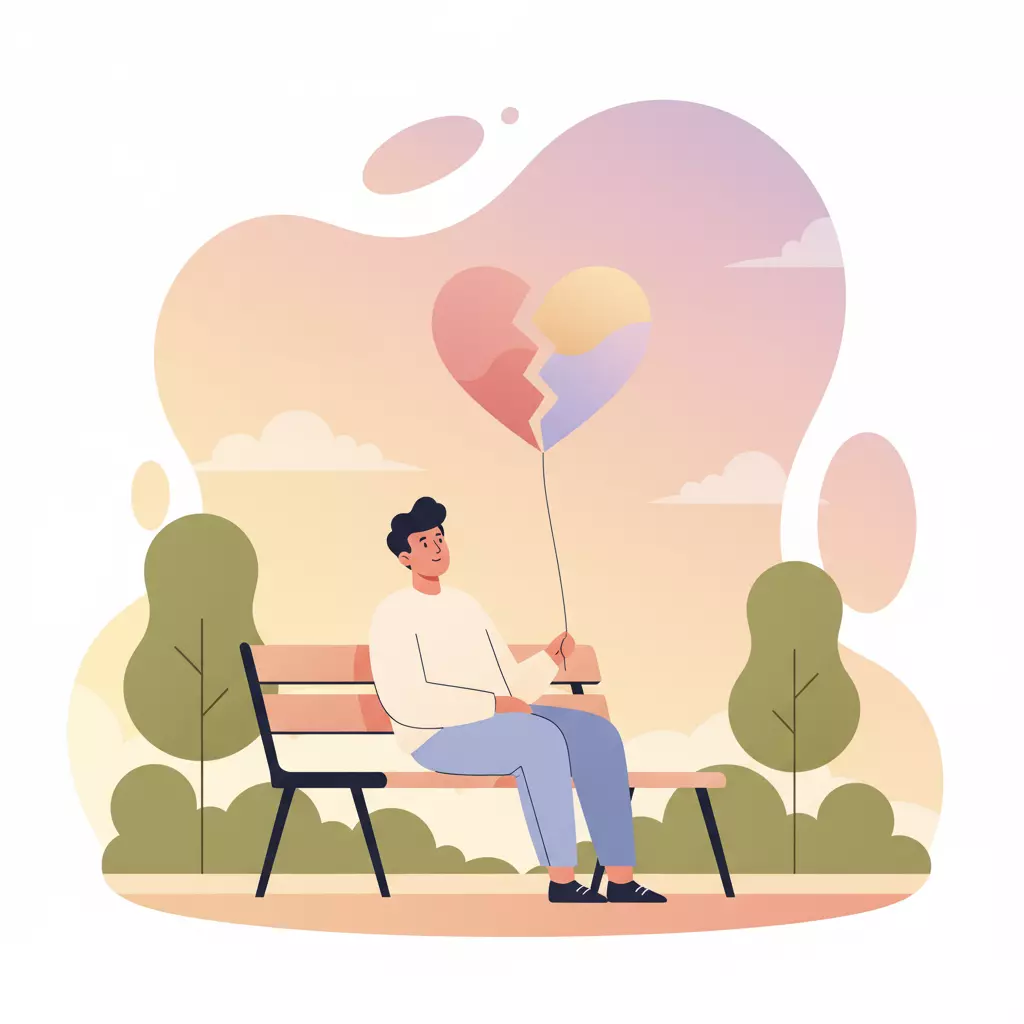
- Working With an Ex After a Breakup: Smart Boundaries & Positive HR Strategies

- Queer Breakup Boundaries: Choosing Limited Contact or No Contact in Overlapping Communities
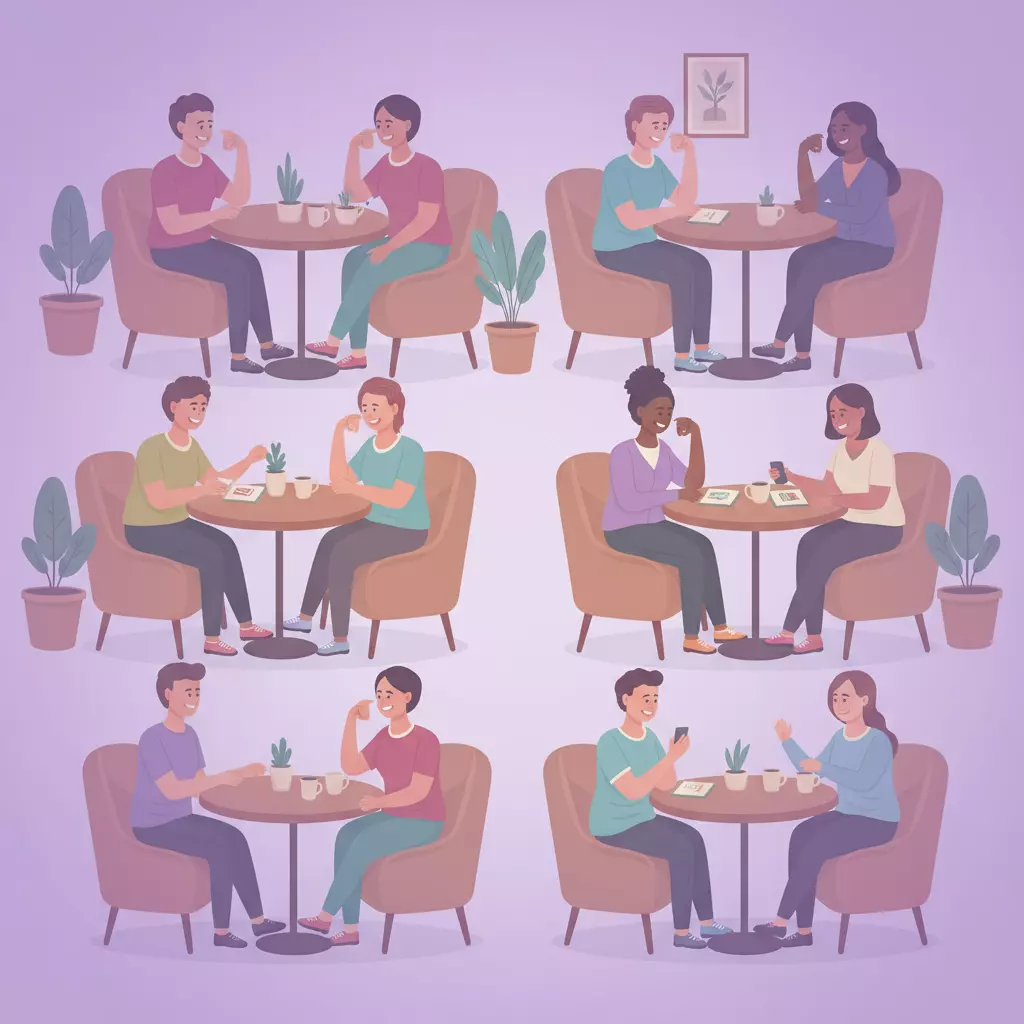
- Transgender Safety Planning: Essential Steps to Stop Harassment and Doxxing

- Lesbian Breakup Shared Housing: Healing Rules & Smart Exit Plans
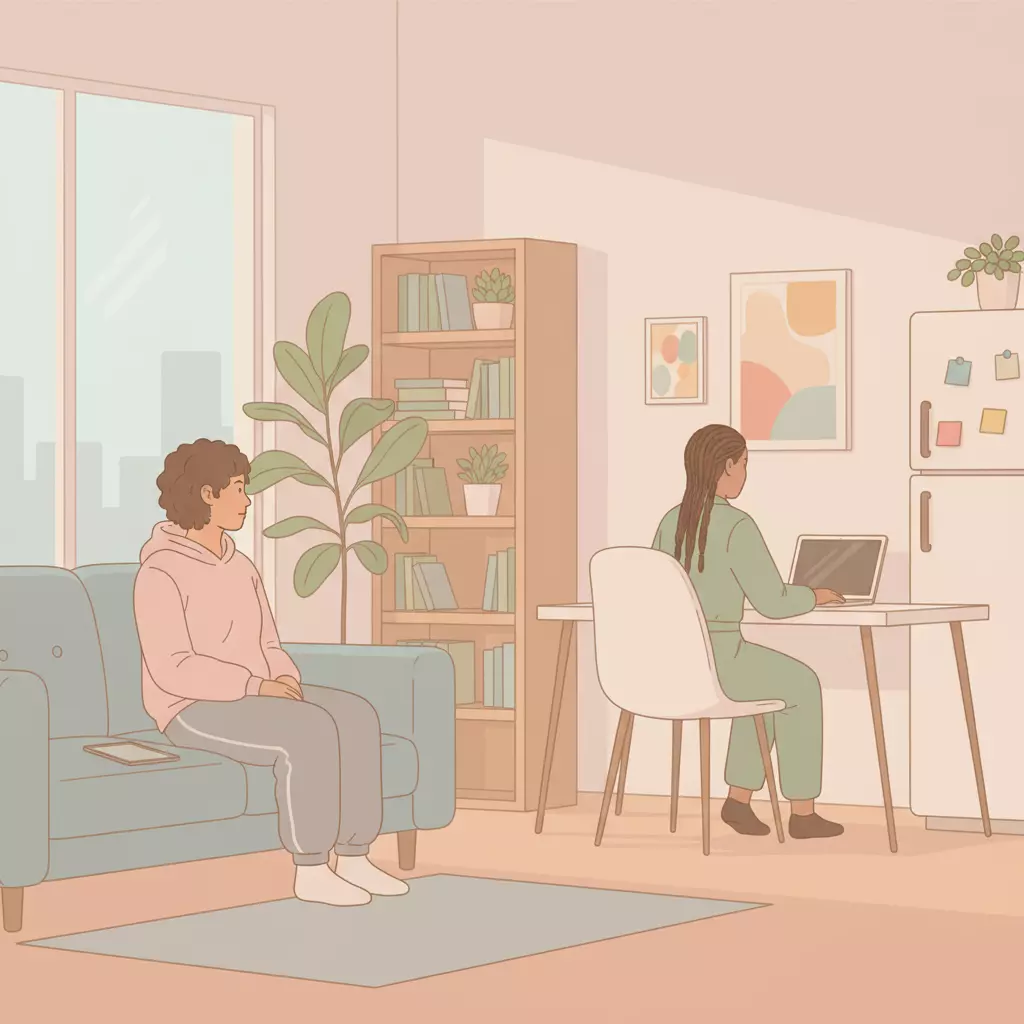
- Gay Breakups: Breaking Free from Painful Comparison Loops in Your Scene
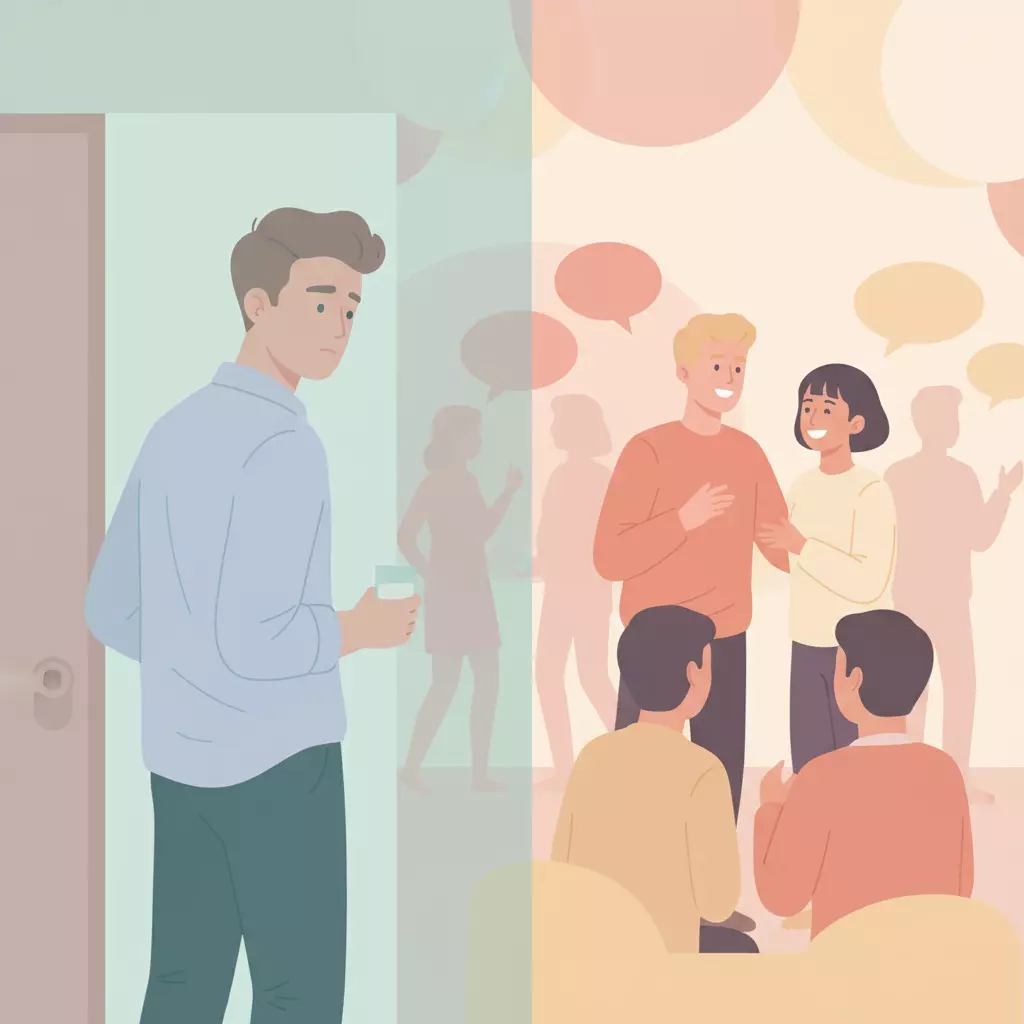
- Women’s Guide to Co-Parenting No Contact Rules: Healing Boundaries & Handover Scripts

- Men & Breakups: The Powerful Truth About No Contact in Small Towns and Shared Friend Groups
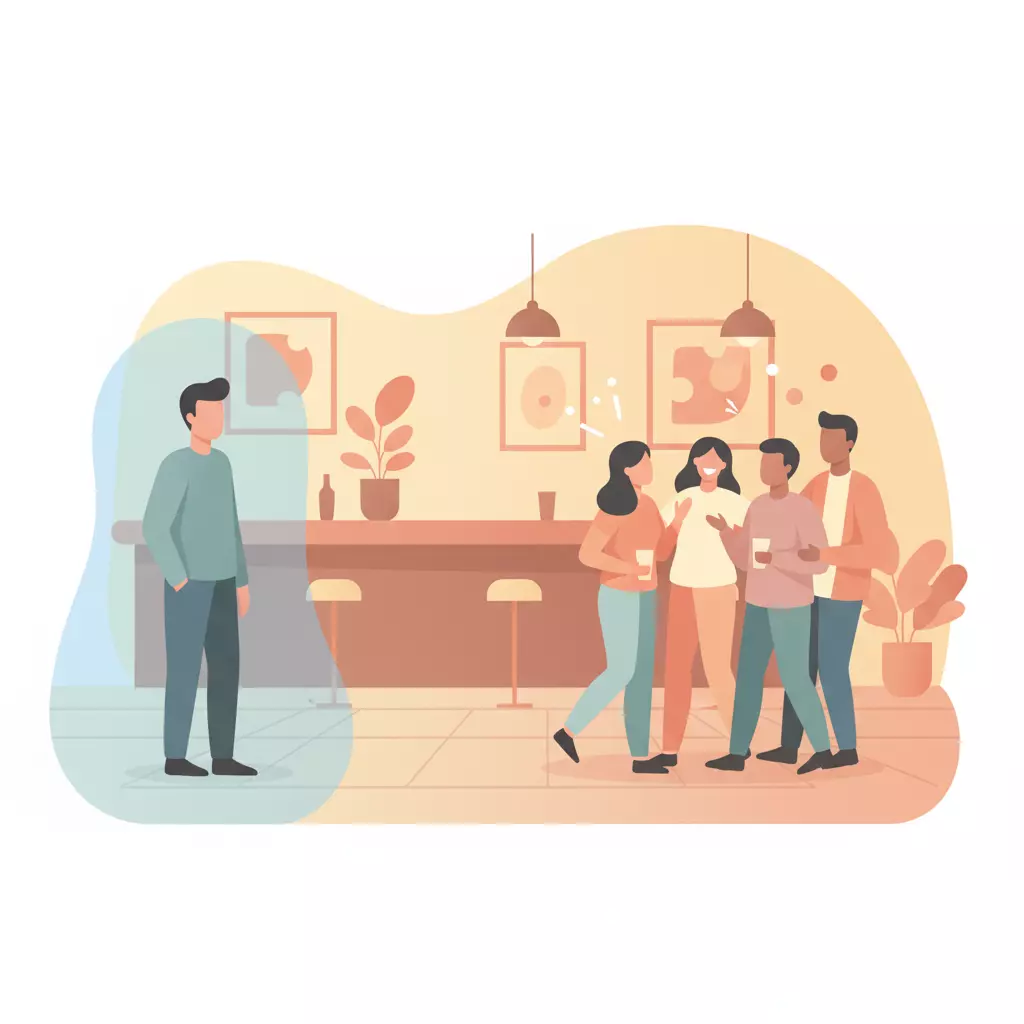
Leave a Reply